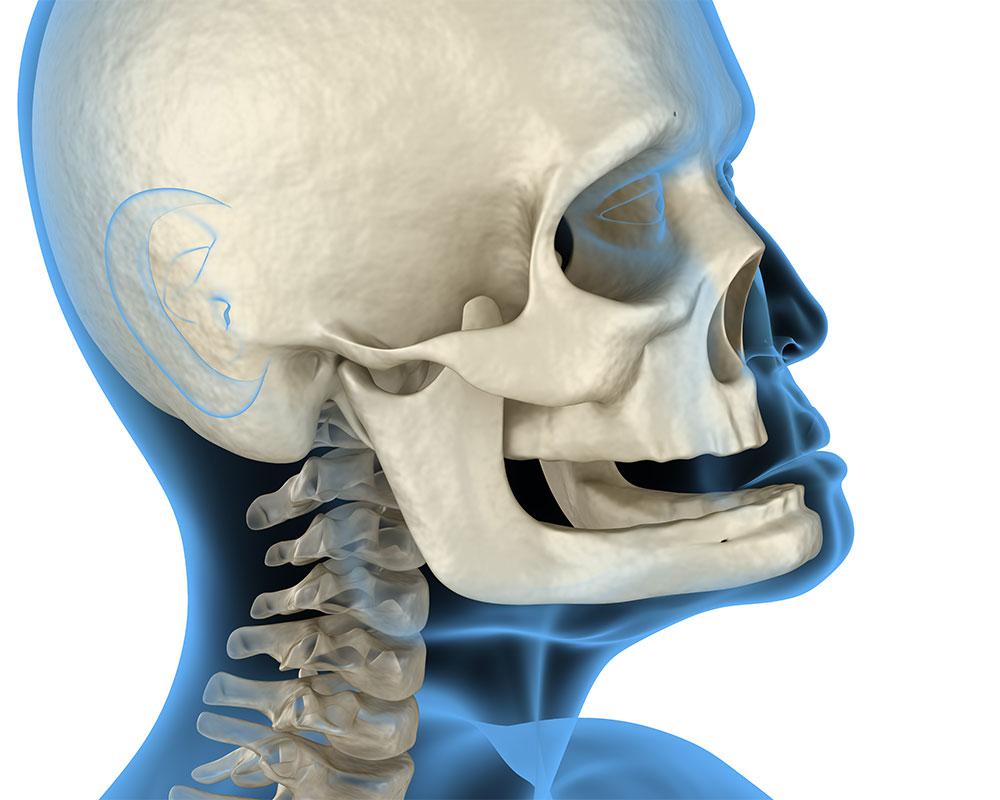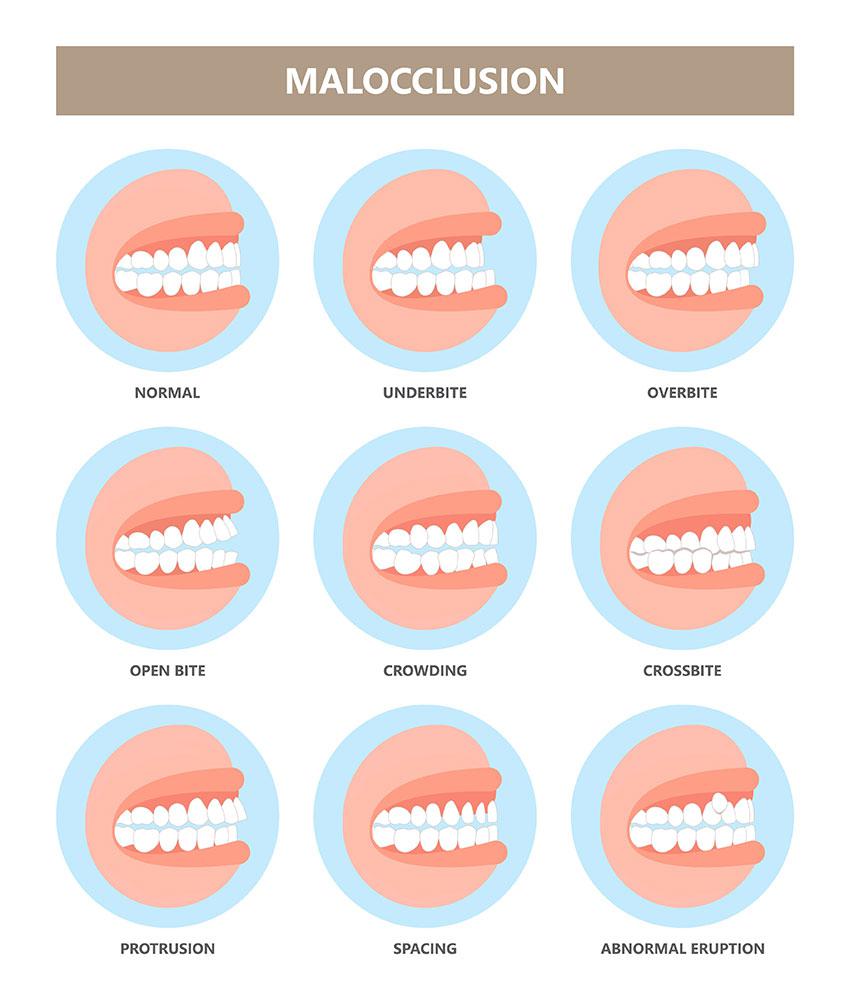 In some cases, problems with the bite and teeth alignment may require corrective jaw surgery. This is because the problem is not restricted to the teeth but extends to the skeleton. Improper upper or lower jaw growth can lead to many types of skeletal deformities and misaligned teeth. Corrective jaw or orthognathic surgery is used to correct these bony abnormalities and establish proper facial proportions.
In some cases, problems with the bite and teeth alignment may require corrective jaw surgery. This is because the problem is not restricted to the teeth but extends to the skeleton. Improper upper or lower jaw growth can lead to many types of skeletal deformities and misaligned teeth. Corrective jaw or orthognathic surgery is used to correct these bony abnormalities and establish proper facial proportions.
What does jaw corrective surgery include?
Corrective jaw surgery in Phoenix, AZ, can be performed to correct problems with tooth alignment and facial asymmetry. Facial asymmetry may include an overgrown or protruded lower jaw or upper jaw. Corrective jaw surgeries also sculpt the face and establish proper dimensions. These surgeries can also be used to treat congenital deficiencies.
Orthognathic surgeries are not a singular procedure. They form a part of an elaborate process that includes orthodontic treatment that prepares your teeth for jaw surgery. The surgery is followed by additional orthodontic treatment to ensure the teeth are correctly aligned.
Corrective jaw surgeries are used to improve the aesthetics as well as the functionality of the jaw and offer solutions to certain disorders, such as obstructive sleep apnea.
What happens before the surgery?
Orthognathic surgeries are performed exclusively by Dr. Alexander Kim or Dr. Reed Day, and require in-depth planning. The surgical planning phase is almost always preceded by an orthodontic treatment phase, where the orthodontist moves the teeth and prepares them for surgery. Braces are placed on your teeth usually 12-16 months before treatment to align your teeth.
Your oral surgeon and orthodontist work together to develop your custom treatment plan. They will study your pictures, x-rays, and models of your teeth. Three-dimensional CT scans are also suggested during the treatment planning phase.
Orthognathic surgeries are always performed under general anesthesia. In most cases, virtual surgical planning will be utilized, which guides your surgeon on where and how much correction is precisely needed. They will first perform mock surgeries on models before finalizing your surgical procedure. After precise planning, the treatment plan will be explained to you, and surgery will be carried out after your due consent.
 What are the different types of jaw corrective surgery?
What are the different types of jaw corrective surgery?
There are different types of corrective jaw surgeries, and the procedure you require will depend on the defect you have. The different types of orthognathic surgeries are as follows:
Maxillary osteotomy
Maxillary osteotomy is used to correct your upper jaw. This surgery aims to move the upper jaw ahead, which is called a maxillary advancement, or move the jaw behind, called a maxillary setback.
Maxillary osteotomy may be recommended in the following cases:
-
The upper jaw has overdeveloped (midface hyperplasia) leading to an increased facial height.
-
The upper jaw has a severe protrusion.
-
When the upper jaw is underdeveloped (midface hypoplasia) and recedes, a maxillary advancement is carried out.
-
If you have a crossbite, that is when your bottom teeth come in front of your upper teeth when the jaw is closed. In such situations, the upper jaw needs to be brought in front.
Mandibular osteotomy
Mandibular osteotomy is used to correct the anomalies in the lower jaw. Mandibular osteotomies can be used to move the lower jaw ahead, called the mandibular advancement, or they can be used to move the lower jaw behind, called a mandibular setback. Some amount of bone has to be removed when performing setback surgeries. After the bone has been cut and moved, it is secured with mini plates and screws and allowed to heal. Mandibular osteotomy may be recommended in the following cases:
-
When the lower jaw has grown too forward and protrudes.
-
In cases of underdeveloped or receded lower jaw.
Bi-Jaw Surgery
A bi-jaw surgery involves performing corrective surgery on both the upper as well as the lower jaw. This may include advancing the upper jaw and setting back the lower jaw or vice versa. It is done when a condition affects both jaws.
Genioplasty
Genioplasty is the surgery of the chin. It helps to correct an overgrown, protruding, or receding chin. It can also be used to treat asymmetrical chin. It may be performed individually or in combination with mandibular osteotomies.
How long does jaw corrective surgery last?
Jaw corrective surgeries are extremely technique sensitive and can last between one to four hours. This depends upon the type of procedure being performed. For example, genioplasties will get completed sooner, whereas Bi-jaw surgeries may take upwards of 4 hours.
Corrective jaw surgeries involve bony manipulation, and this surgery yields permanent results. Therefore, a lot of planning goes into it. Apart from planning, it also depends on the patient to maintain oral hygiene and strictly adhere to the treatment plan and follow-up appointments.
How long does corrective jaw surgery take to heal?
You will have to spend 1-2 days in the hospital after your surgery. The surgery is done under general anesthesia, and your oral surgeon will keep you in until the swelling subsides considerably and you are out of the danger zone.
When you leave the hospital, you will be given instructions regarding eating and maintaining oral hygiene. It is imperative you follow these instructions for uneventful healing.

